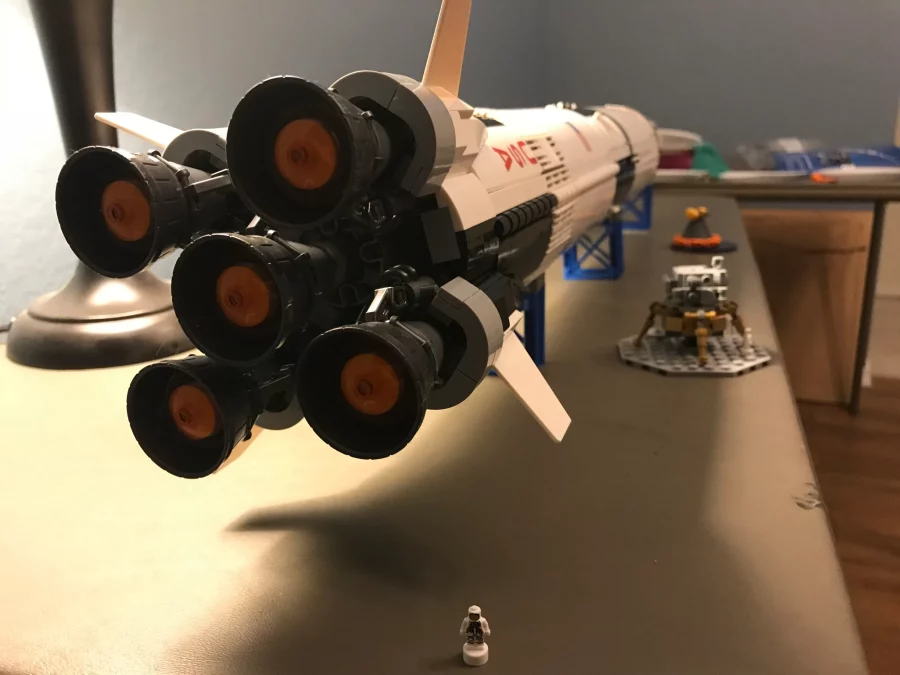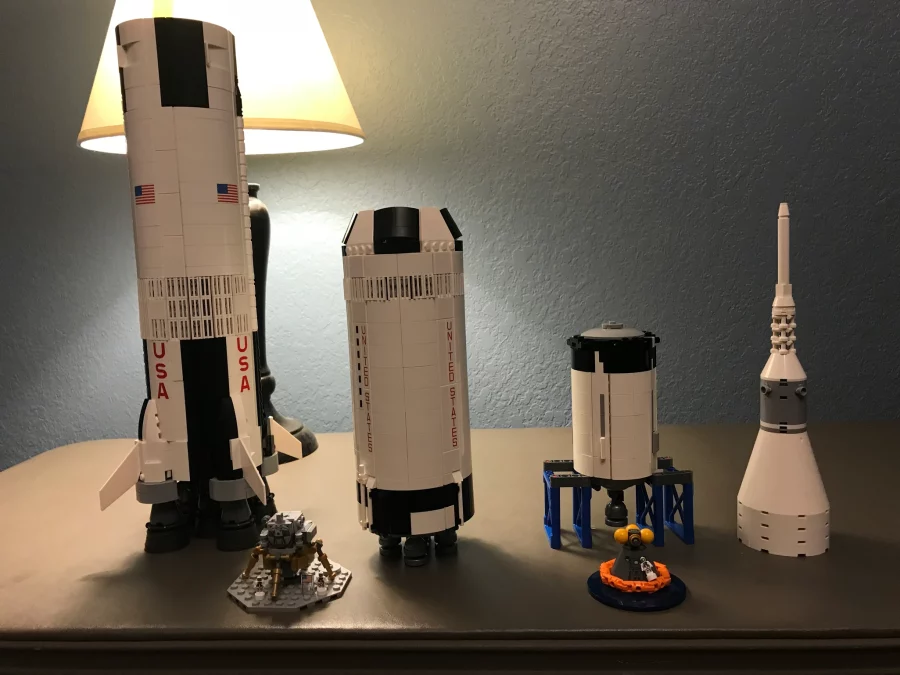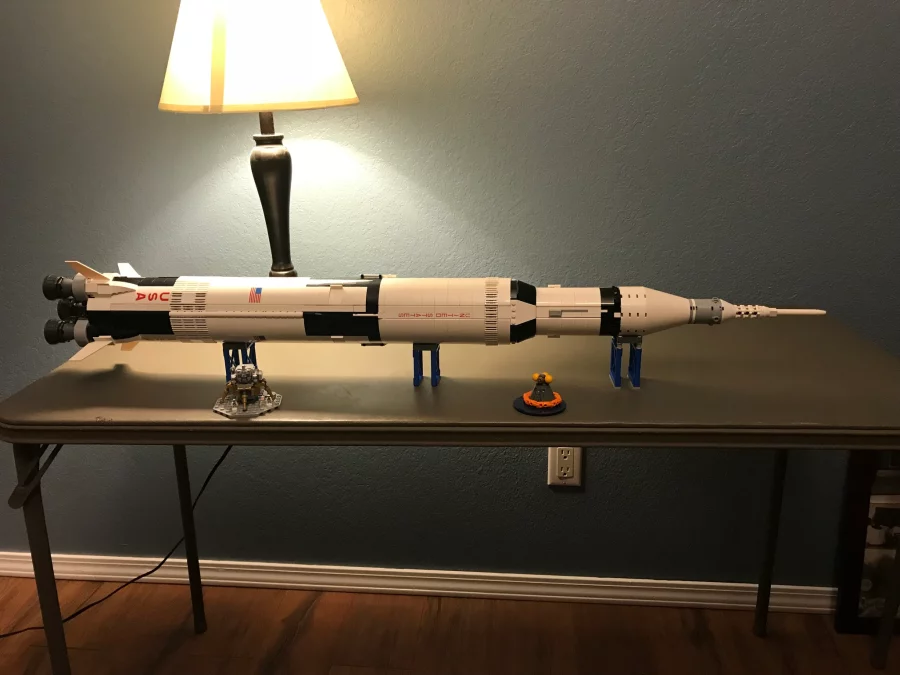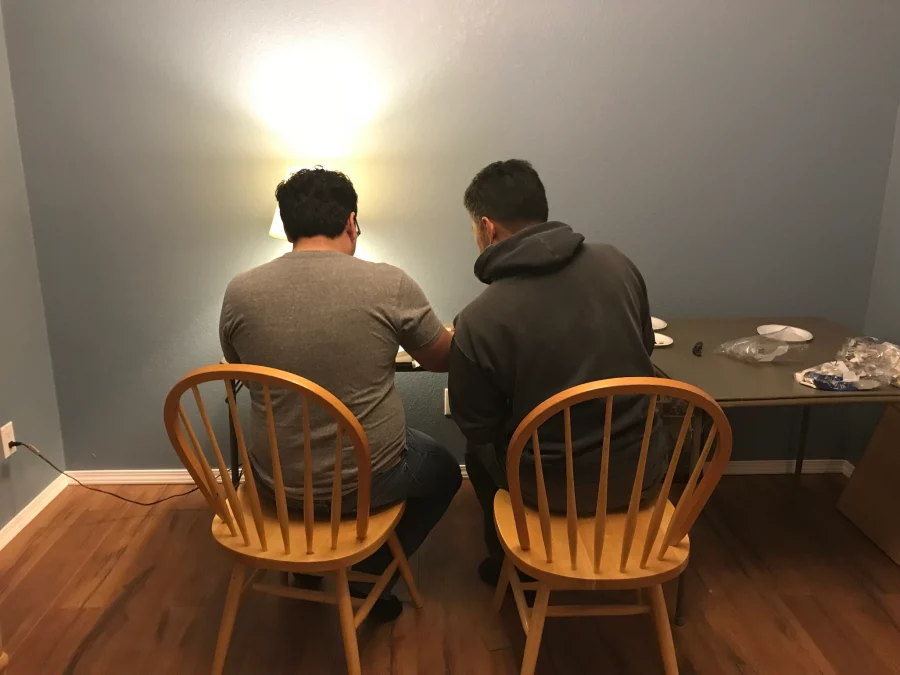As the end of the year closes – and as I think about one of the gifts I received for Christmas – I’m overwhelmed by a couple of details from last week’s message Rick gave. Don't forget to check the stuff at the bottom!
First, a take-away from his message: I know it seems a little out of time, considering Christmas was last week, but – track with me – when Joseph was told to take Mary and Jesus to Egypt in Matthew 2:13, God didn’t give him any details. I appreciate Rick’s insight: “I wouldn’t have liked that. I’m a details guy. I want to know: What city in Egypt? Where do we stay? How will I find a job? How long should we stay there?” Who wouldn’t appreciate such details? But God was building TRUST in Joseph and Mary. So, if life is difficult for you, remember: you’re not the first to collaborate with God without all the answers. Trust him. There’s a reason. And just like Joseph and Mary, you’ll be alright – I mean, just like those two, you have Jesus with you, right?
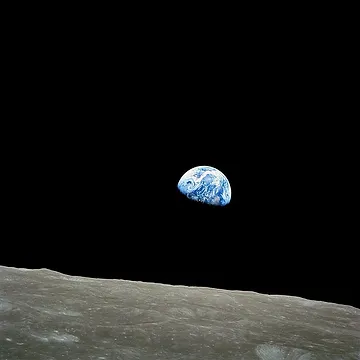 The other thing is about “The Apollo 8 Christmas Eve Prayer” plaque. I geek out on all things NASA and space stuff. How wonderful that during the second mission trip to Houston in October, the team was being served lunch by some volunteers at Templo Bautista, when to their delight, they found out that the husband of one of the wives volunteering, was a retired space shuttle engineer! Evidently, the team made a good impression on Robert because after lunch, he came back with the copy of an old memento that now belongs to us. He acquired this copy from NASA a long time ago and simply said: “On behalf of NASA, I want to present this to you: from one mission team to another.”
The other thing is about “The Apollo 8 Christmas Eve Prayer” plaque. I geek out on all things NASA and space stuff. How wonderful that during the second mission trip to Houston in October, the team was being served lunch by some volunteers at Templo Bautista, when to their delight, they found out that the husband of one of the wives volunteering, was a retired space shuttle engineer! Evidently, the team made a good impression on Robert because after lunch, he came back with the copy of an old memento that now belongs to us. He acquired this copy from NASA a long time ago and simply said: “On behalf of NASA, I want to present this to you: from one mission team to another.”
The actual copy of the memento is at Grace and I encourage you to check it out. A couple of interesting facts about that Christmas Eve in 1968. First, Apollo 8 provided many “firsts”:
- Borman, Lovell and Anders became the first humans to travel beyond low Earth orbit
- enter the gravity well of another celestial body (Earth's moon)
- orbit another celestial body (Earth's moon)
- directly see the far side of the Moon with their own eyes as well as break radio contact with earth
- witness an Earthrise – watching the earth rise about the equator of another celestial body, specifically, the moon.
- escape the gravity of another celestial body (Earth's moon)
- re-enter the gravitational well of Earth
- The 1968 mission, the third flight of the Saturn V rocket and that rocket's first crewed launch, was also the first human spaceflight launch from the Kennedy Space Center, Florida, located adjacent to Cape Canaveral Air Force Station.
From Wikipedia:
- Apollo 8 took three days to travel to the Moon. It orbited ten times over the course of 20 hours, during which the crew made a Christmas Eve television broadcast where they read the first 10 verses from the Book of Genesis. At the time, the broadcast was the most watched TV program ever. It was Frank Borman who ended the program saying: “ And from the crew of Apollo 8, we close with good night, good luck, a Merry Christmas and God bless all of you—all of you on the good Earth.”
- Apollo 8's successful mission paved the way for Apollo 11 to fulfill U.S. President John F. Kennedy's goal of landing a man on the Moon before the end of the 1960s.
- The Apollo 8 astronauts returned to Earth on December 27, 1968, when their spacecraft splashed down in the Northern Pacific Ocean.
- The crew was named Time magazine's "Men of the Year" for 1968 upon their return.
William Anders was the Lunar Module pilot who took this “Earthrise” photo. The first ever taken in the history of … history.
Now, the best part? All this time, my wife and kids knew about what gift I’d open on Christmas … a LEGO model (that Hudson and I put together) of a Saturn V Rocket! Come and check-it out, sometime!